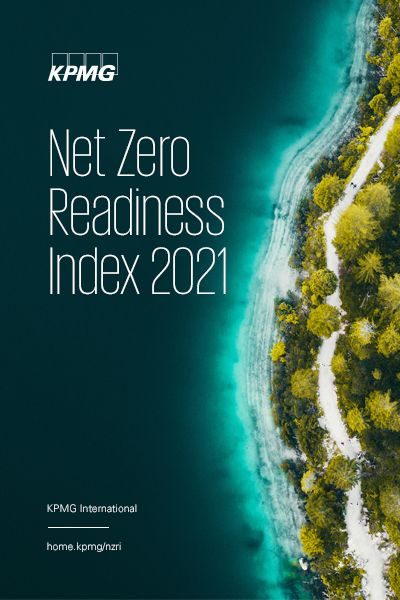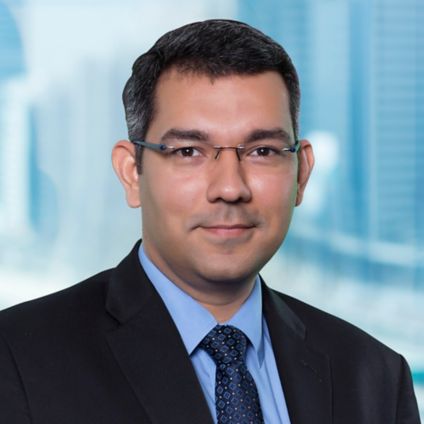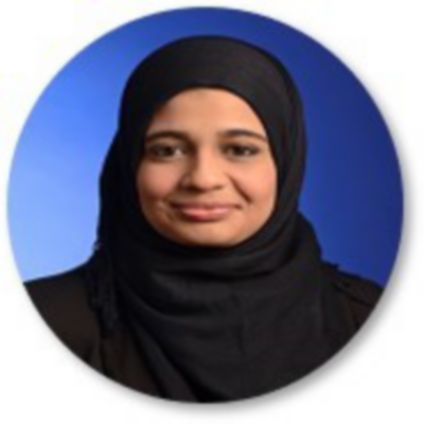One of the biggest oil exporters is working to diversify energy production, including major solar installations, a green hydrogen demonstration plant and new nuclear power stations.
EU alignment
The United Arab Emirates (UAE) has in the past built its wealth on revenues from oil production, being the sixth largest producer of petroleum in 2019, with a quarter of its GDP coming from the export of oil.1 Over recent years it has diversified its energy production, while relying on oil revenues to fund these efforts. In 2017, it published an energy strategy that would see the contribution of clean energy rise to 50 percent by 2050, with a 70 percent reductions in carbon emissions from power generation.2 It is aiming for 20 percent of its installed electricity capacity to be from renewable sources within 3 years.3
Much of the UAE’s wealth in the recent past has been generated by its oil and gas exports, more than most other comparable producers, however the UAE has for many years made strong progress to diversify its industry and reduce its overall greenhouse gas footprint.

UAE’s work to develop renewable energy includes the Shams 1 solar power plant in Abu Dhabi and the work underway on what will be world’s largest concentrated solar power project at the Mohammed bin Rashid Al Maktoum solar park in Dubai.4 The park is also the site of a demonstration solar-powered green hydrogen plant, built by Siemens Energy.5 The country started a nuclear energy program in 2009 and in 2020, it opened the first of four reactors that will supply around a quarter of the Emirates’ electricity.6 It is also adopting waste-to-energy generation, with plants in Abu Dhabi, Dubai and Sharjah.7
Siddharth Behal, Partner and Head of Governance, Risk and Compliance, KPMG Lower Gulf, says there is a need to develop this work into setting tangible goals towards Net Zero, including for specific organizations including utilities. “This should involve policies, implementation commitments and concrete plans from individual companies and government,” he says.
Circular economy
The UAE’s government approved a circular economy policy earlier in 2021, a framework that aims to set the country’s approach for achieving sustainable governance and better use of natural resources.8 It covers areas including manufacturing, infrastructure, food production, transport and consumption. On manufacturing, it aims to encourage repair, reuse and recycling of items which would reduce greenhouse gas emissions, as well as creating a more innovative manufacturing sector with higher levels of employment.
On buildings, circular economy strategies include minimizing material and resource use as well as pollution. The UAE ranks 14th in the buildings sector, with the highest score on prevalence of energy efficient buildings of all of the countries in the NZRI, as well as having mandatory building energy certification. The Masdar Institute, a graduate technical university, has collaborated with the Massachusetts Institute of Technology in the US in researching Abu Dhabi’s heat island urban temperature effect, which increases the need for air conditioning.9 Less than 10 percent of food consumed in the UAE is produced locally, but the circular economy policy aims to cut emissions both by reducing wastage and making productive use of remaining organic waste.

Transport and financial sectors
The transport sector is currently dominated by personal car use and passenger vehicles are responsible for approximately 15 percent of the UAE’s carbon emissions. The government is encouraging use of low-carbon vehicles, integrated inter-modal transport, public transport and ride-sharing.
Public-sector organizations have invested in electric vehicle charging, with the Dubai Electricity and Water Authority having installed chargers since 2015 with nearly 300 available across the Emirate city-state.10 Dubai also hosts an early example of a hydrogen refueling station, opened in 2017 at a Toyota showroom.11 However, there is still a need for a comprehensive electric vehicle policy across the UAE’s states.
There is potential for the financial sector to play a major role in moving towards Net Zero by embedding ESG considerations in corporate and capital market reporting, accelerating the introduction of carbon credits and trading schemes, and offering insurance and financial products that help organizations to decarbonize.12
Since circular economy projects apply new technologies and business models, many in the financial sector argue that their projects are inherently risky. Consequently, inadequate access to financing poses a potential barrier to the widespread adoption by the private sector of more circular practices. The government could play a key role in removing these barriers by collaborating with the finance industry to identify specific barriers and potential solutions, and also through public-private partnership arrangements.
1 ‘Total energy production from petroleum and other liquids 2019’, US Energy Information Administration, accessed July 2021. https://www.eia.gov/international/rankings/world?pa=288&u=0&f=A&v=none&y=01%2F01%2F2019
2 ‘Vice President unveils UAE energy strategy for next three decades’, UAE Ministry of Energy and Infrastructure, 10 January 2017. https://www.moei.gov.ae/en/media-centre/news/10/1/2017/
3 Dania Saadi, 'UAE expects 20% of power generation to come from clean energy in three years: official', S&P Global, 17 May 2021. https://www.spglobal.com/platts/en/market-insights/latest-news/electric-power/051721-uae-expects-20-of-power-generation-to-come-from-clean-energy-in-three-years-official
4 ‘Solar energy’, United Arab Emirates government portal, updated 5 August 2020. https://u.ae/en/information-and-services/environment-and-energy/water-and-energy/types-of-energy-sources/solar-energy
5 ‘Green Hydrogen Project: clean fuel from solar power in Dubai’, Siemens Energy, accessed July 2021. https://www.siemens-energy.com/mea/en/company/megaprojects/dewa-green-hydrogen-project.html
6 Ivana Kottasová and Mohammed Tawfeeq, ‘Oil-rich UAE opens the Arab world's first nuclear power plant. Experts question why’, CNN, 1 August 2020.
https://edition.cnn.com/2020/08/01/middleeast/nuclear-power-uae-intl/index.html
7 ‘Waste-to-energy’, United Arab Emirates Government, updated 26 April 2021. https://u.ae/en/information-and-services/environment-and-energy/water-and-energy/types-of-energy-sources/waste-to-energy-
8 ‘UAE Circular Economy Policy 2021-2031’, United Arab Emirates Government, 2021.
https://www.moccae.gov.ae/assets/download/73d7daa1/UAE%20Circular%20Economy%20Policy%202021-2031.pdf.aspx?view=true
9 ‘New model from Masdar Institute-MIT collaboration to support a cooler, more sustainable Abu Dhabi’, MIT, 17 May 2016. https://energy.mit.edu/news/new-model-from-masdar-institute-mit-collaboration-to-support-a-cooler-more-sustainable-abu-dhabi/
10 ‘EV green charger’, Dubai Electricity & Water Authority, accessed July 2021. https://www.dewa.gov.ae/en/consumer/ev-community/ev-green-charger
11 Leanne Graves, ‘Middle East's first hydrogen fuel station opens in Dubai’, The National, 11 October 2017. https://www.thenationalnews.com/business/energy/middle-east-s-first-hydrogen-fuel-station-opens-in-dubai-1.666529
12 ‘The march to net zero’, KPMG Lower Gulf (published on LinkedIn), 12 July 2021. https://www.linkedin.com/posts/kpmg_lowergulf_kpmg-kpmglg-globalwarming-ugcPost-6820341577026744320-kIbz




